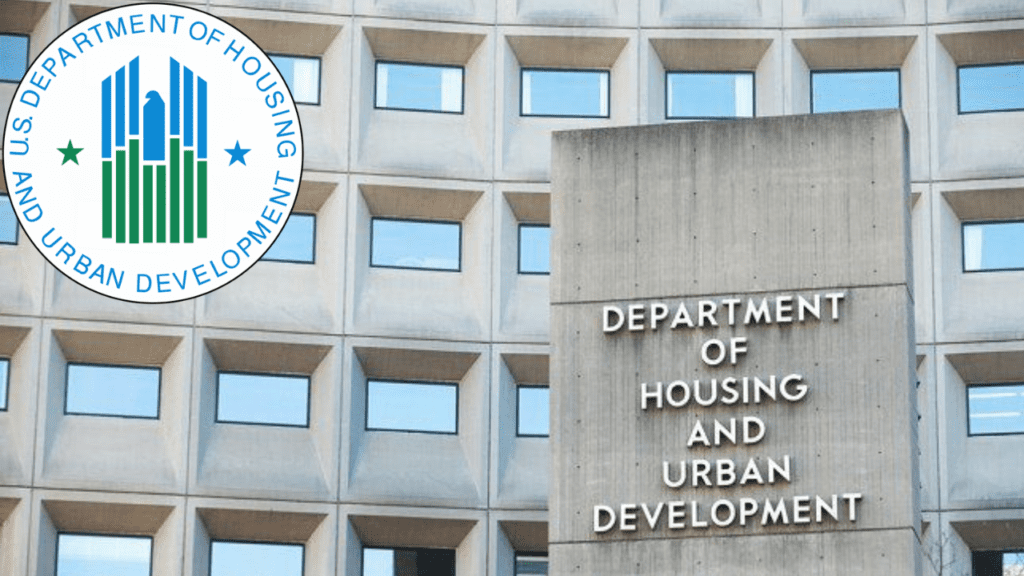U.S. Downgrade will Hit Mortgage Rates
In a stunning turn of events, the us government debt rating was just downgraded by one of the major credit rating agencies, citing “fiscal deterioration over the next three years, high and growing government debt burden, and the erosion of governance manifested in repeated debt limit standoffs and last minute resolutions.” Hearing this might get your heartrate going for many reasons, regardless this is potentially disastrous news for the market and U.S. Downgrade will Hit Mortgage Rates.
Buying a Home After the Downgrade
If you’re a home buyer right now, this isn’t a great time for the US debt to be downgraded. In theory, if US debt is deemed more risky (which it is now), that makes rates higher because not only do they have to pay more interest, but demand for these bonds falls, bringing prices down and yields up. And it’s not just government bond yields that could go higher, but pretty much everything across the board, including mortgage rates.

This isn’t the first time the US Government debt has been downgraded, so let’s look at the last time that happened to get an idea of what we can expect this time around. There are 3 major credit rating agencies and no they’re not the same ones that won’t remove your T-Mobile collection from 5 years ago.
These agencies give ratings to governments and companies and they are Moody’s, Standard & Poor’s, and Fitch – which is the agency that most recently downgraded Uncle Sam. We’ll also look a the 10 year government treasury yield since that’s closely correlated with mortgage rates and of course, we’ll look at mortgage rates to see if history will repeat itself.
The Last U.S. Debt Downgrade
The last time the US debt was downgraded was in August of 2011, after Standard & Poor’s put the government on a credit watch. Subsequently, the stock market went up, US Bond yields went down in the short term, and so did mortgage rates. Good news right? Well maybe not. Fitch put the US on warning of a possible downgrade again in May of 2023 and pulled the trigger on August 1st 2023, downgrading US debt from AAA (the best rating), to AA+, the second best rating.
The immediate reaction? Not good. Which isn’t a shock. The next day the market was down and rates were up. Of course that’s the very short term reaction you’d expect. But I would say the longer term reaction will not be the same as last time for one really big reason.
No More Artificially Low Rates
If you remember, in 2011 we were still recovering from the worst financial crisis since the Great Depression and the government was doing everything they could to support the economy and make sure the financial markets didn’t further deteriorate. In order to do that, they came up with a little thing called quantitative easing where they actually printed money to purchase their own bonds keeping demand and rates artificially low. They also did this in the mortgage backed security market. They were purchasing billions of dollars worth of mortgages, keeping demand high and rates artificially low.
This was the first big mortgage refinance market before covid when rates dipped down to all time lows, which we never thought we’d see again. Which we did, thanks to covid. Printing money to buy these securities to keep demand high and rates artificially low…that’s gone, we don’t have that anymore. Printing all of that money is kind of what got us here in the first place.

The Federal reserve and our fearless leaders in Washington, are doing the exact opposite. They are raising rates, not printing money (at least not to buy bonds and mortgage backed securities), and letting rates do whatever they’re going to do. All that is to say that mortgage rates could move higher at least in the short term. I should mention, a downgrade was not in anyone’s mortgage rate predictions, including mine before May of 2023.Â
Everyone was expecting the the Fed would finish hiking rates, avoid a hard landing or deep recession, and mortgage rates would drift lower until the fed actually started to cut rated. This downgrade throws a wrench into all of that because it reduces already low demand for treasuries, increases borrowing costs, and effectively rates across the board including mortgage rates, which are approaching 2023 highs again.
The Recession is Coming
Fitch also says that the US Economy will slip into a recession because of tighter credit conditions, weakening business investment and a slowdown in consumption and we can expect a mild recession at the end of the year and early next year. Which would actually be good for mortgage rates. If we go into a recession, investors flock to safety, i.e. AA+ rated securities, the fed starts cutting rates to stimulate growth and the result would actually be lower rates.Â
Now if that sounds freaky, consider this; we were warned back in may, which is when the market sold off and rates started moving back up from their 2023 lows. That is to say that everyone, as in the market, already saw this coming and priced all this in accordingly. I would say this is a more likely scenario, than some kind of market mayhem and 10% mortgage rates going forward.
Regardless I think all this implies that you see higher rates for longer than previously expected. Which means tougher conditions for home buyers and the overall economy, which is what the Federal Reserve wants to do. It also means that we’ve got a lot of work to do to get us back to AAA status.
